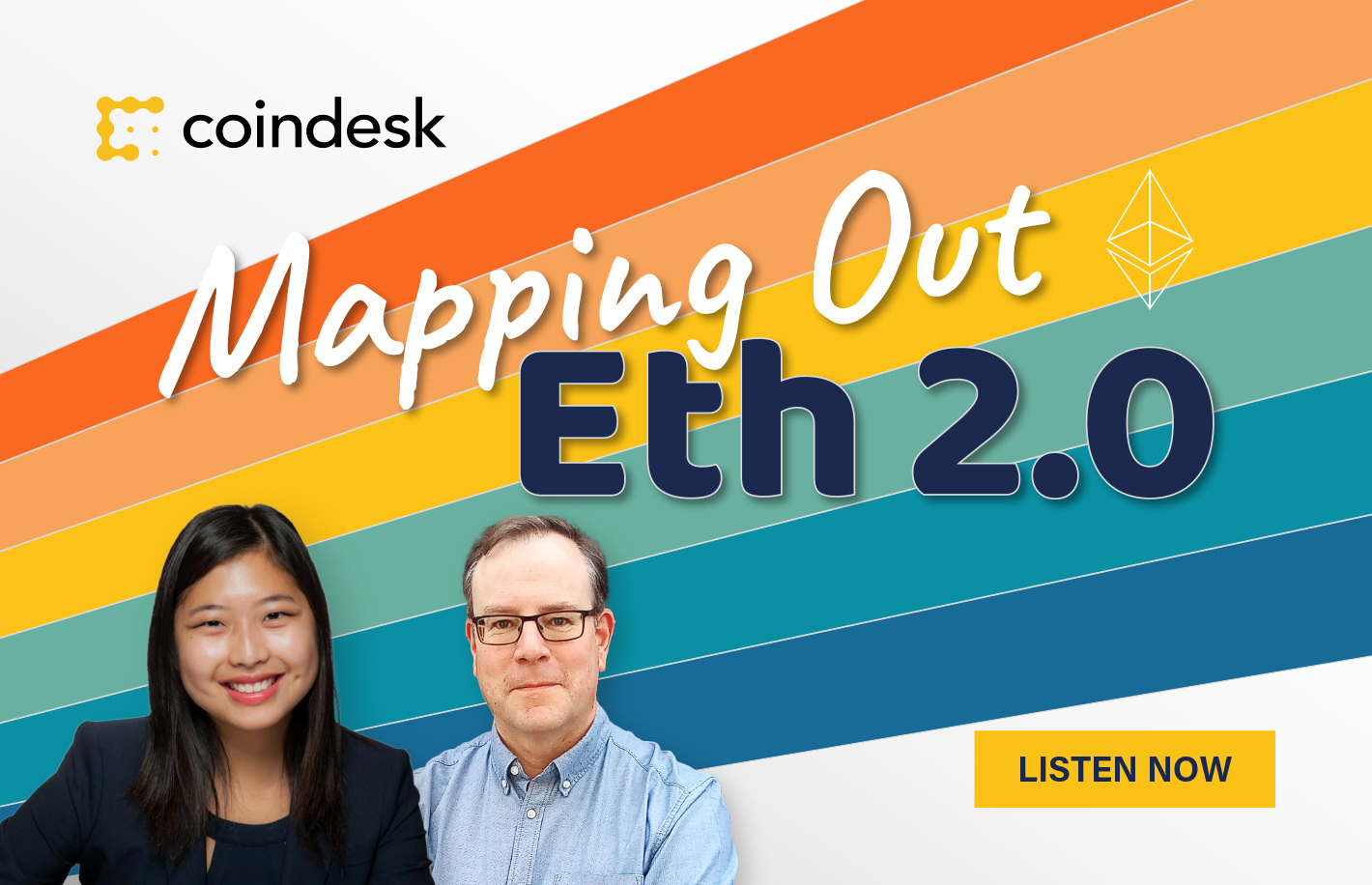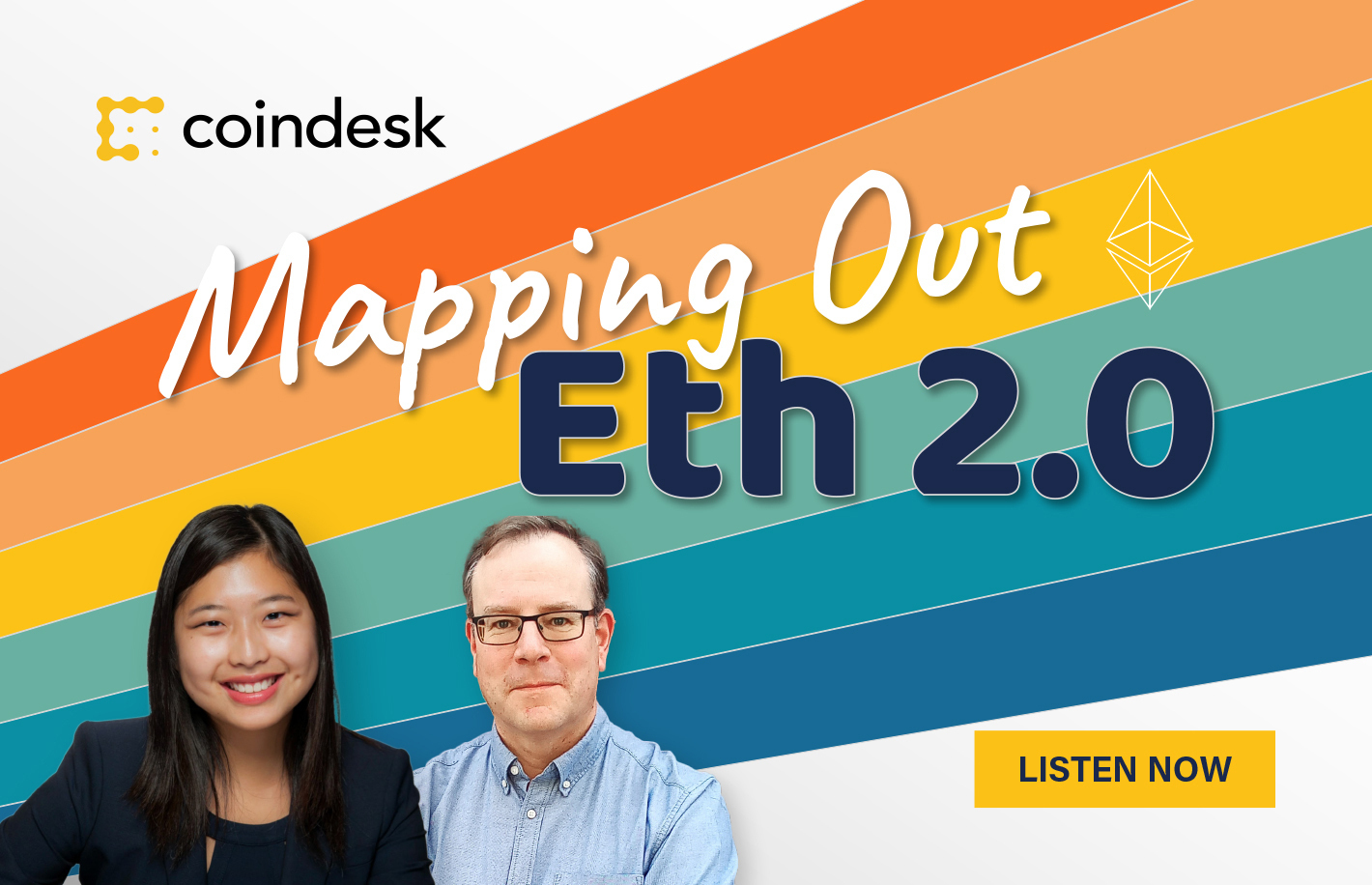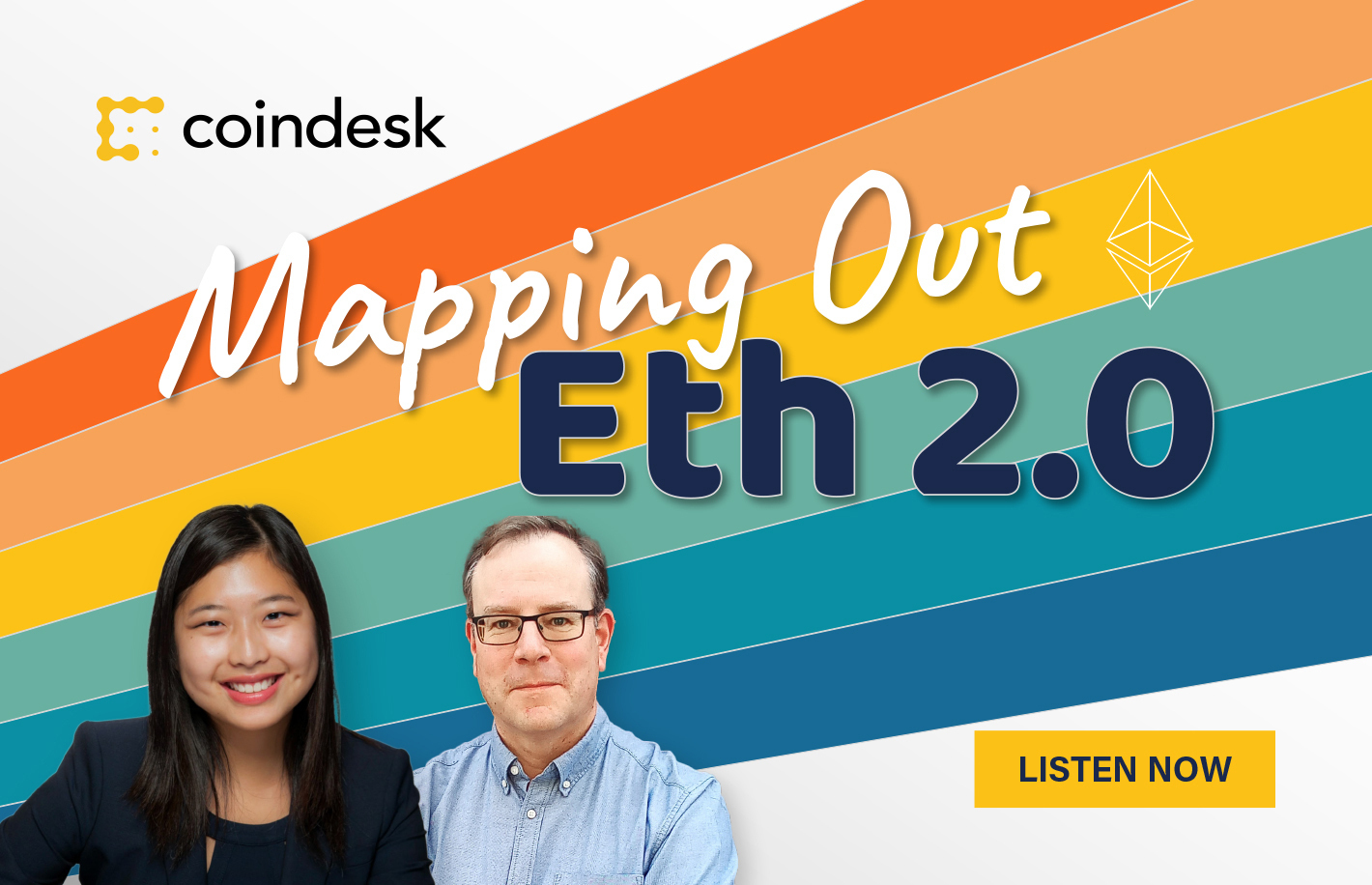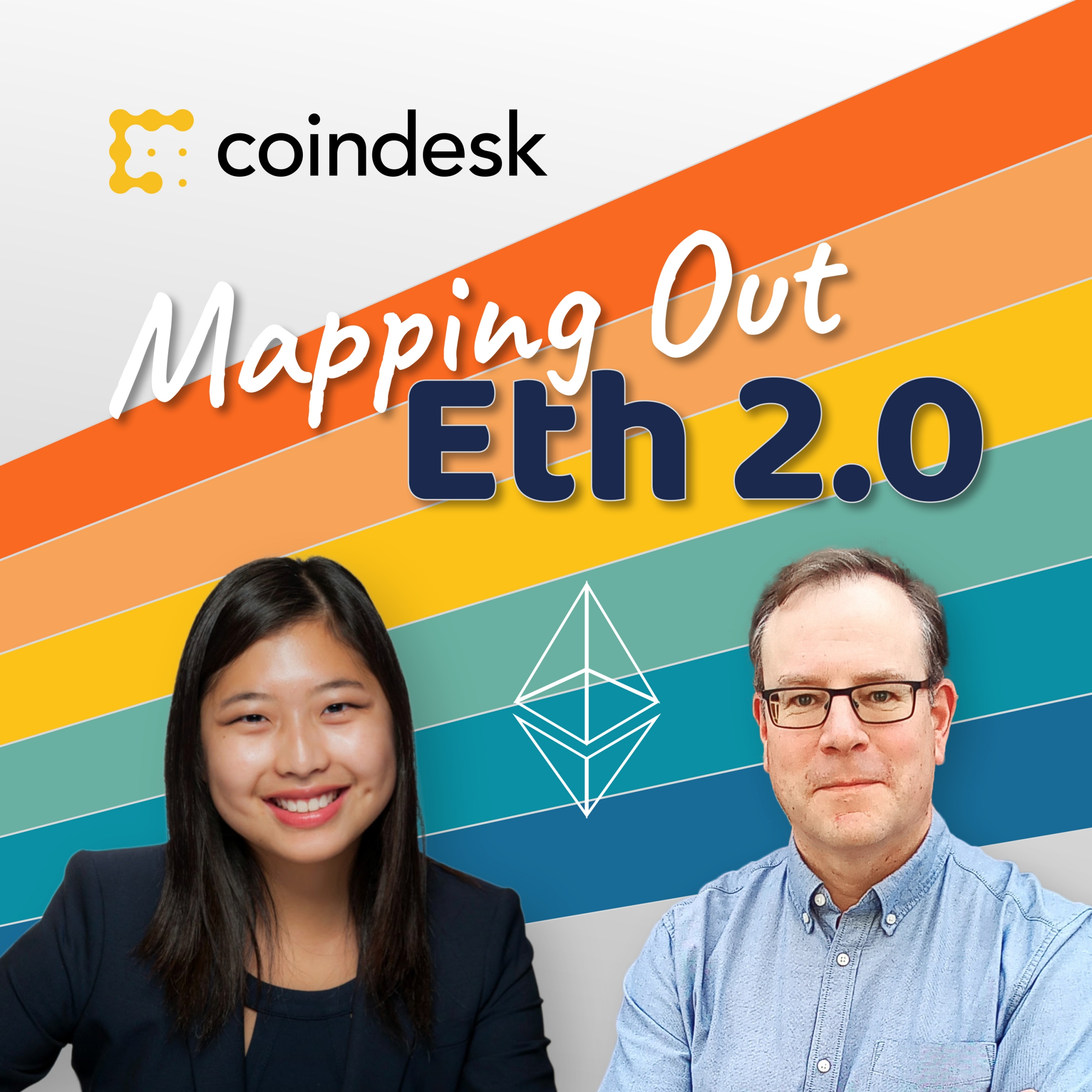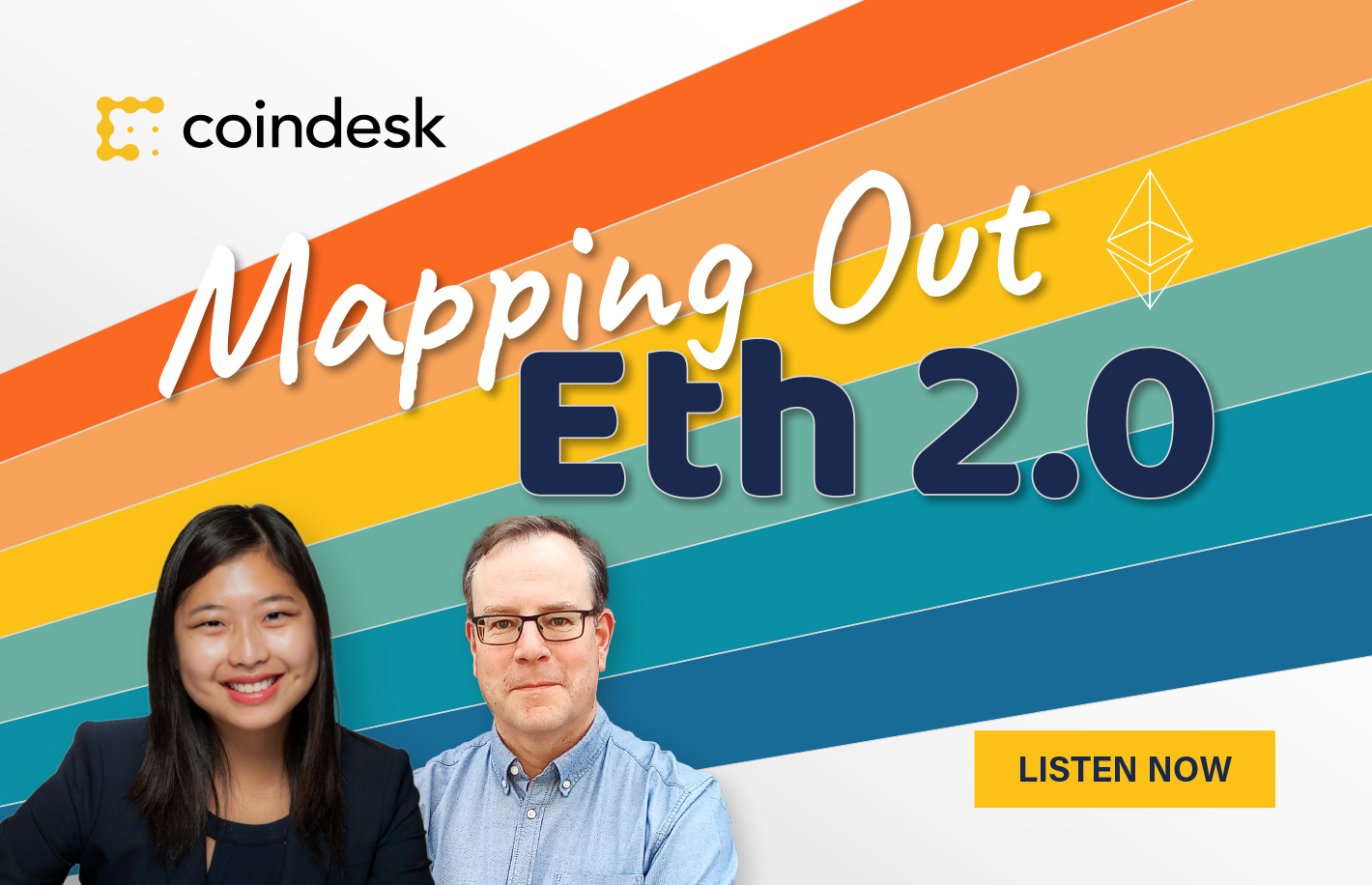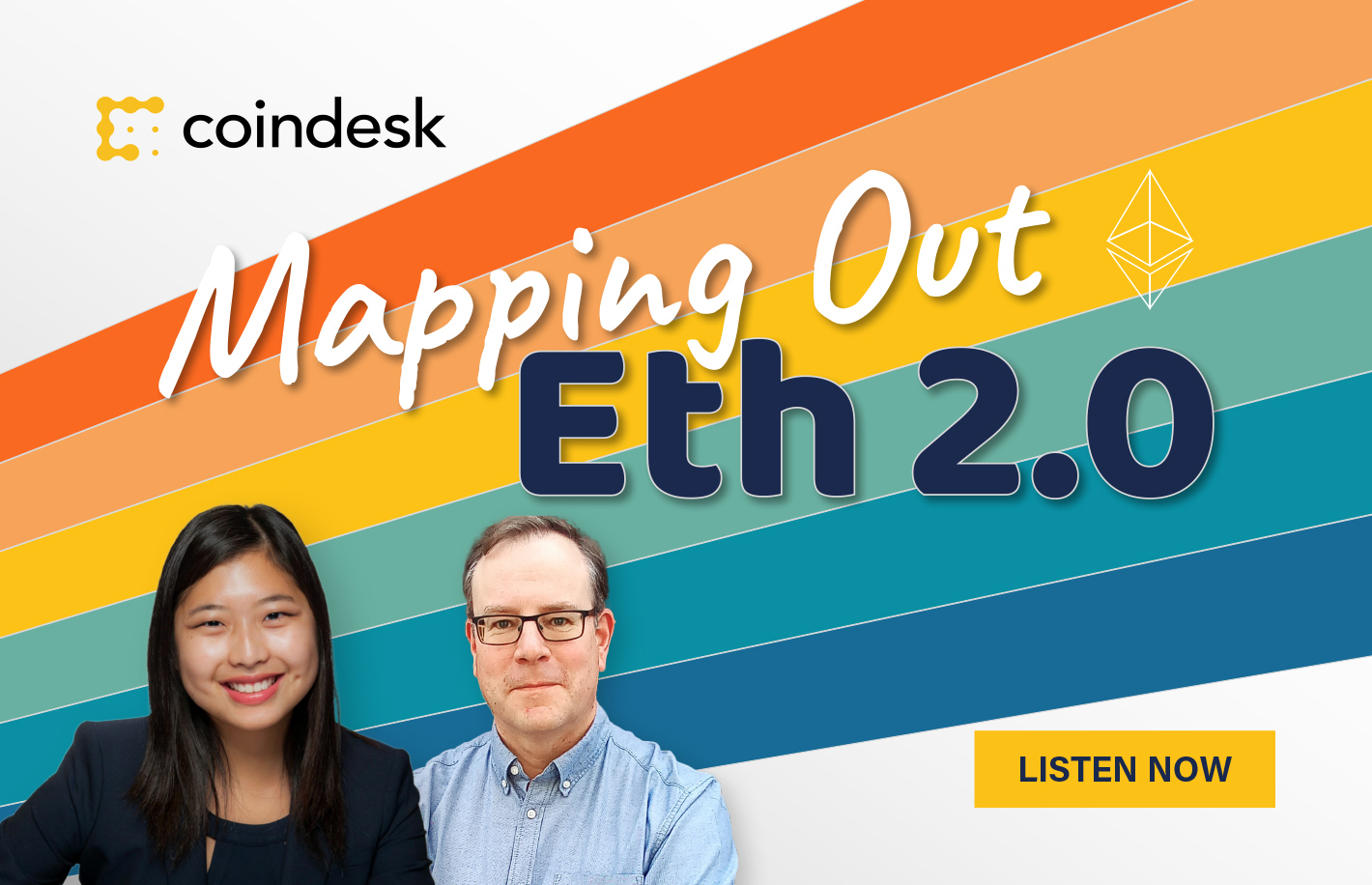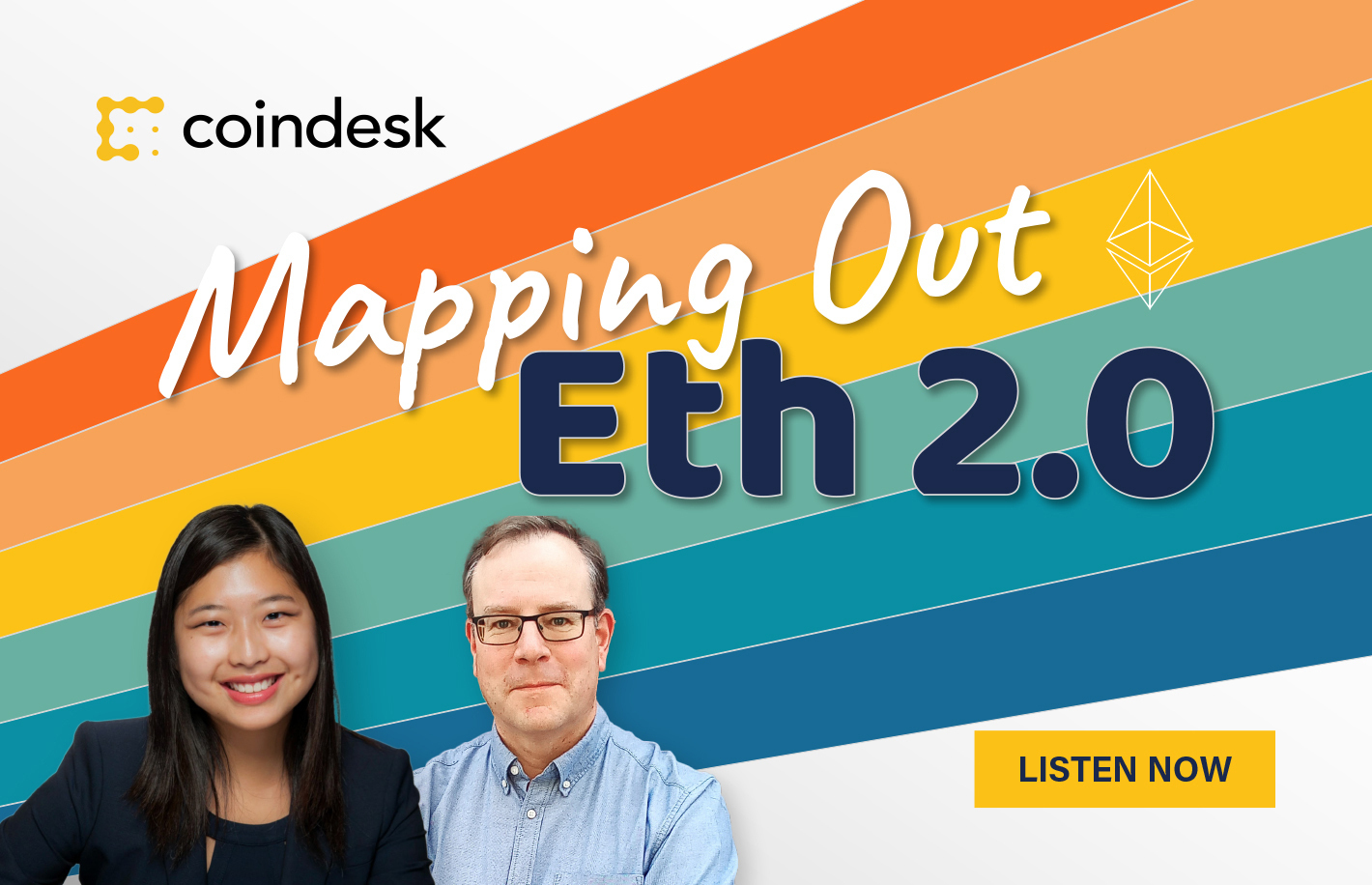
Easier Said Than Done: Why This Change on Eth 2.0 Would Require ‘Immense’ Work
CoinDesk’s Christine Kim and Consensys’ Ben Edgington discuss the activation of EIP 1559 on Ethereum’s test network Ropsten and two potential protocol-level changes impacting Ethereum 2.0 validators.


